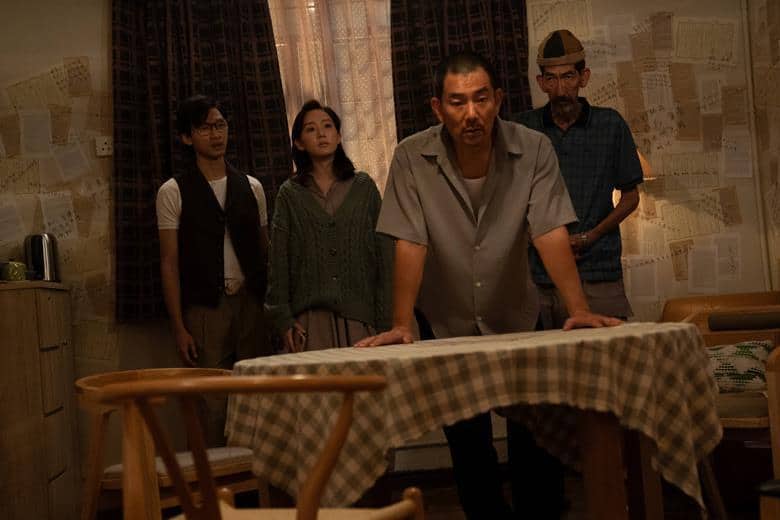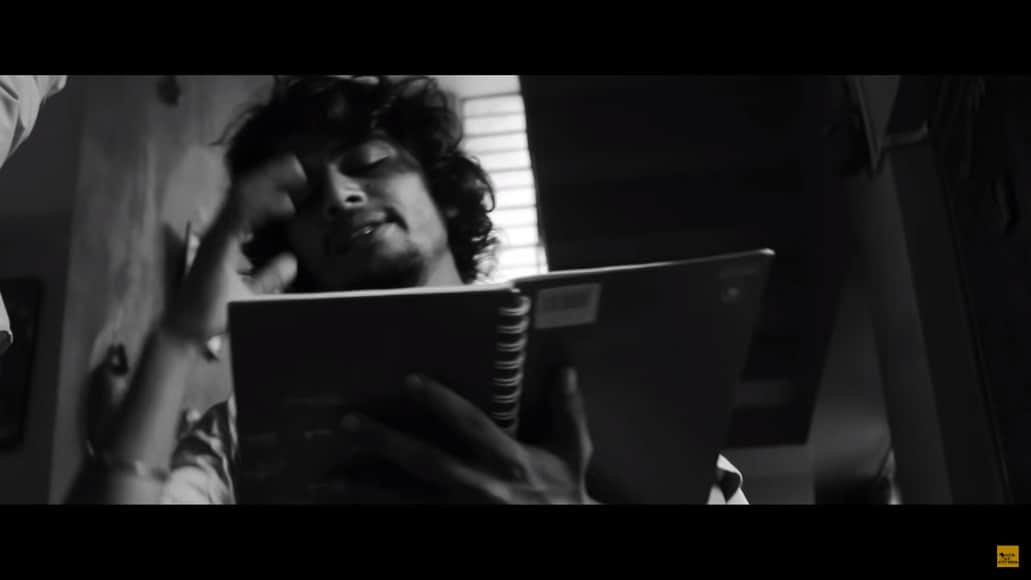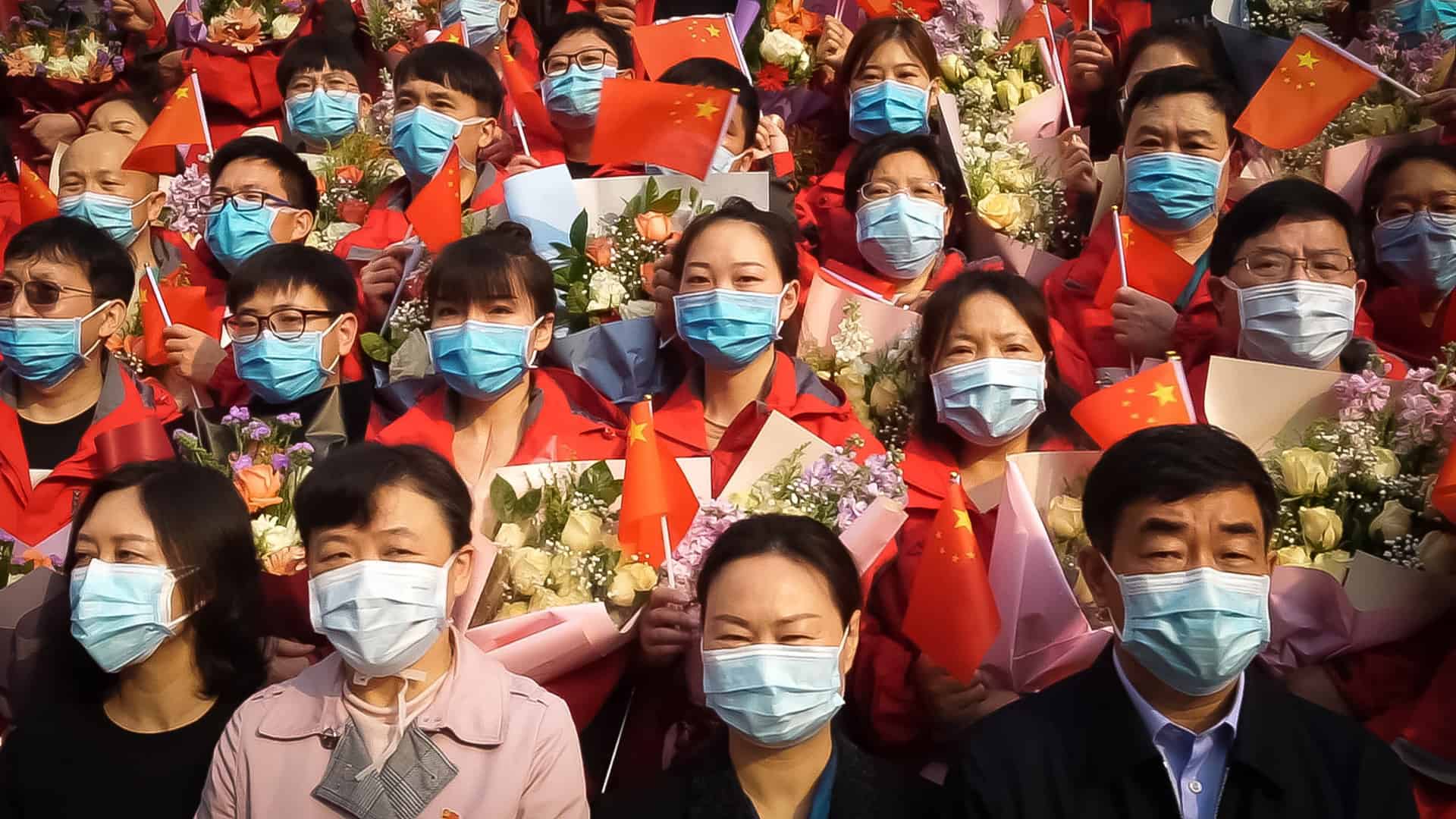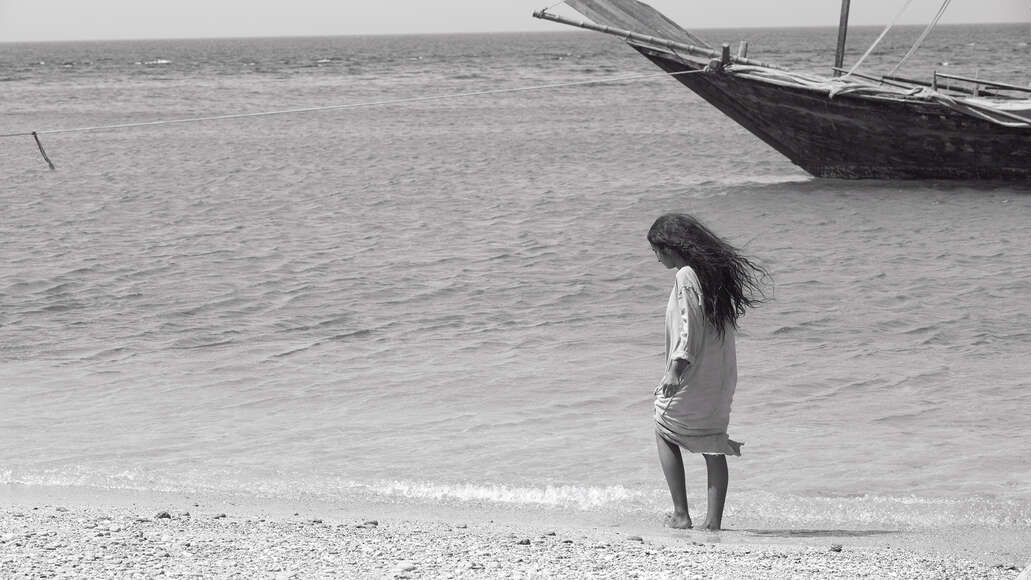There have been a number of films regarding the war refugees who try to escape the Middle East towards the European Union and particularly Greece, with the images and events included being as shocking as they are appalling. Amel Alzakout tried to capture the agony of the people fleeing Turkey towards Lesbos through a unique approach, through a camera bound on her wrist, in an effort to record the images and sounds of the sinking boat transporting her and 316 other passengers across the Mediterranean Sea. The video was shot between 1:30 pm and 5:30 pm on October 28, 2015, marking the time they left the Turkish coast, to the boat sinking around 1:45 pm, to the time a rescue team arrived. According to the Hellenic Coast Guard, 42 of the 316 died in the meantime.
Purple Sea is screening at ALFILM

The approach Alzakout and Adbulwahed implement is quite unusual, as most of the footage is shot underwater, near the surface, essentially focusing on body parts, orange rescue jackets and various other objects the refugees carried as the boat sank, and later on, as they were floating hopeless in the middle of the ocean.

Alzakout's narration is essentially the only way for the viewer to realize what is happening, with her talking about her past life, and the ways she started her “trip” towards where she is now. From watching the war on Syria on YouTube, to them leaving their homes, including the transportation of her cat, to her arrival on Turkey and the interactions with the smuggler, who is also a film producer whose movies have screened in Cannes, to the point of where she is now.

All the while, the camera is moving up and down to the motion of the waves, while the shots that are essentially close ups have a dizzying effect, that does not exactly make clear what is happening. The sound, however, and particularly the screams, the cries of a baby, and eventually those of the helicopter make the events rather clear.
The purpose of the filmmakers seems to be to give their audience a sense of the experience these people have, in a situation that lingers between life and death, as close to reality as possible. And although the images have a certain impact, the end result fails in that regard, since it is both hard and annoying to watch this kind of video for more than an hour, but also does not allow the viewer to grasp the situation fully, thus dulling the overall impact. Evidently, the film would be more effective if it was shorter in duration.
On the other hand, that Alzakout managed to shoot this whole thing and eventually turn it into a documentary is a feat on itself, which is what makes the movie important. Regarding the implementation and the final result, though, the same definitely does not apply, no matter how much the viewer may manage to sympathize with the situation.















